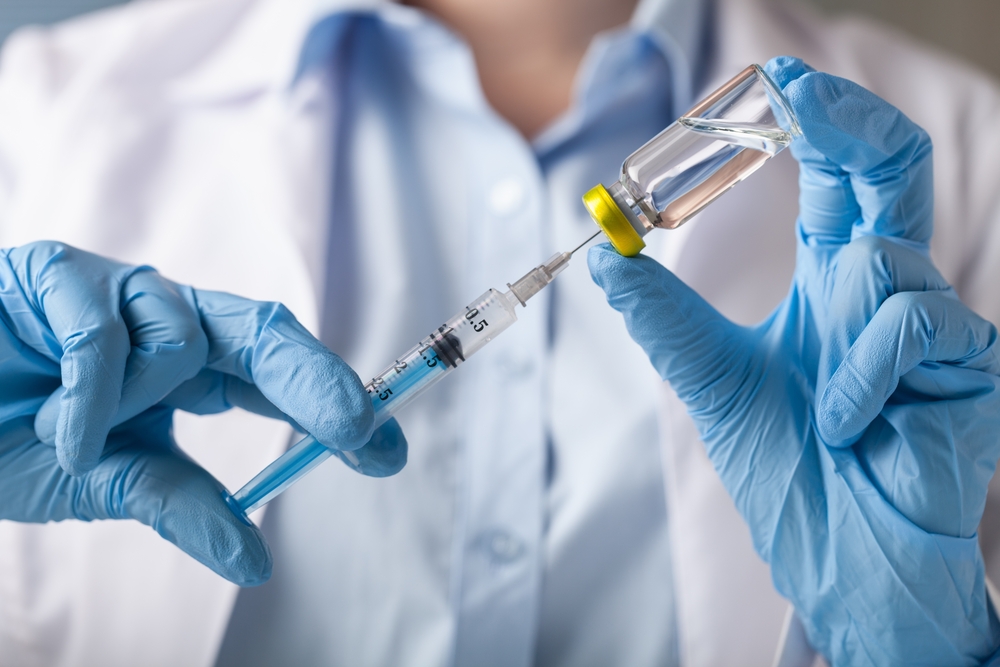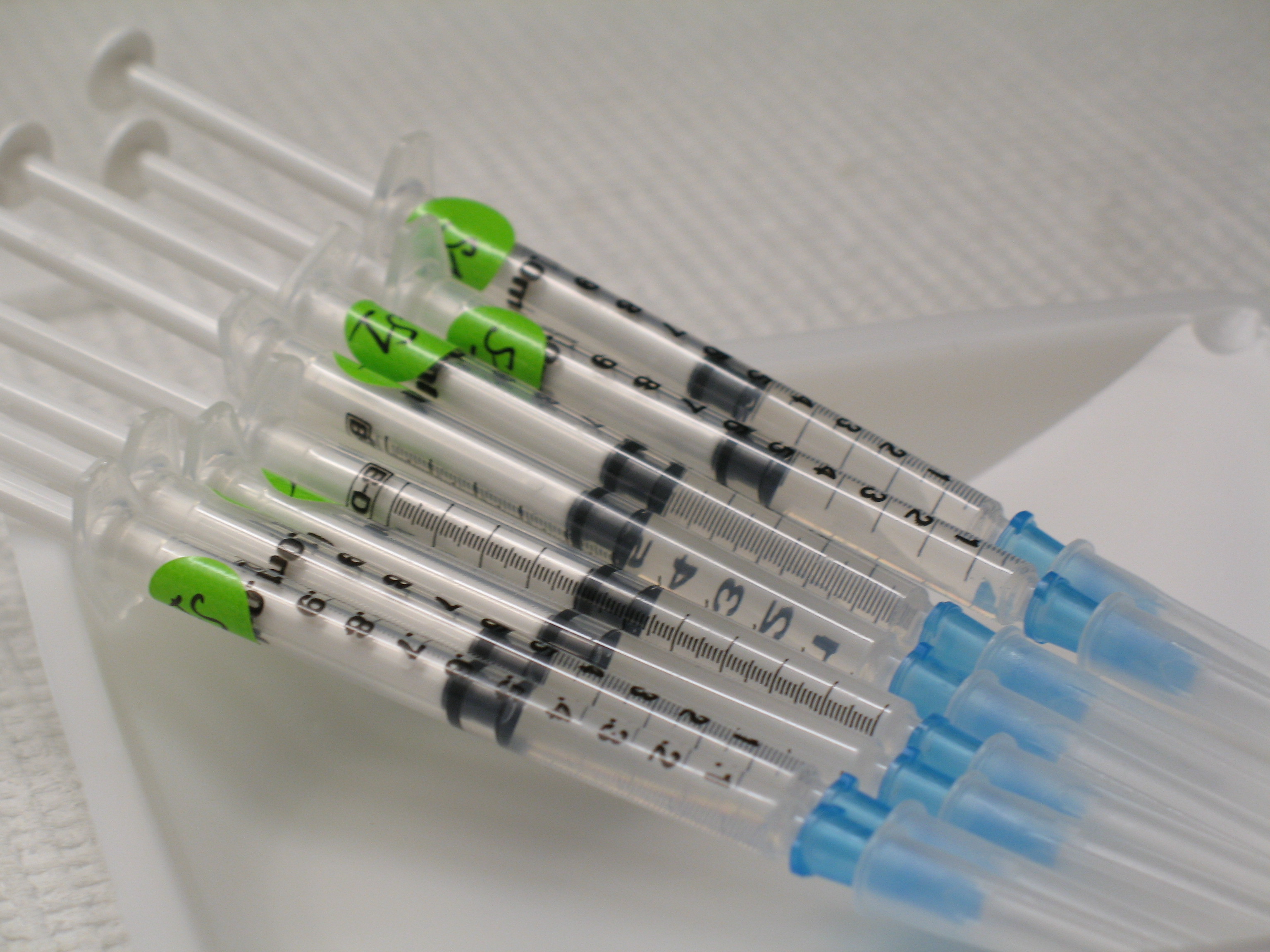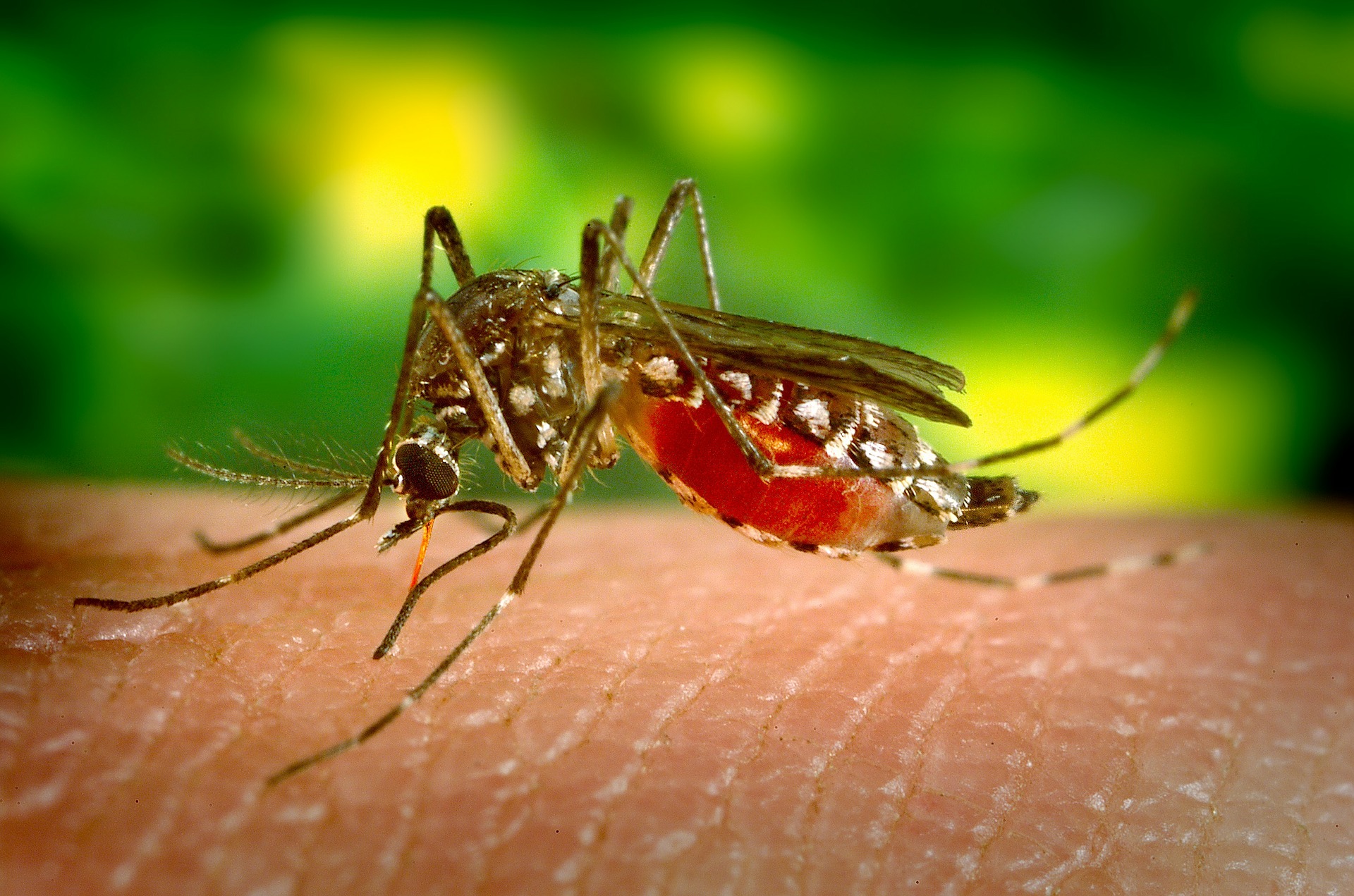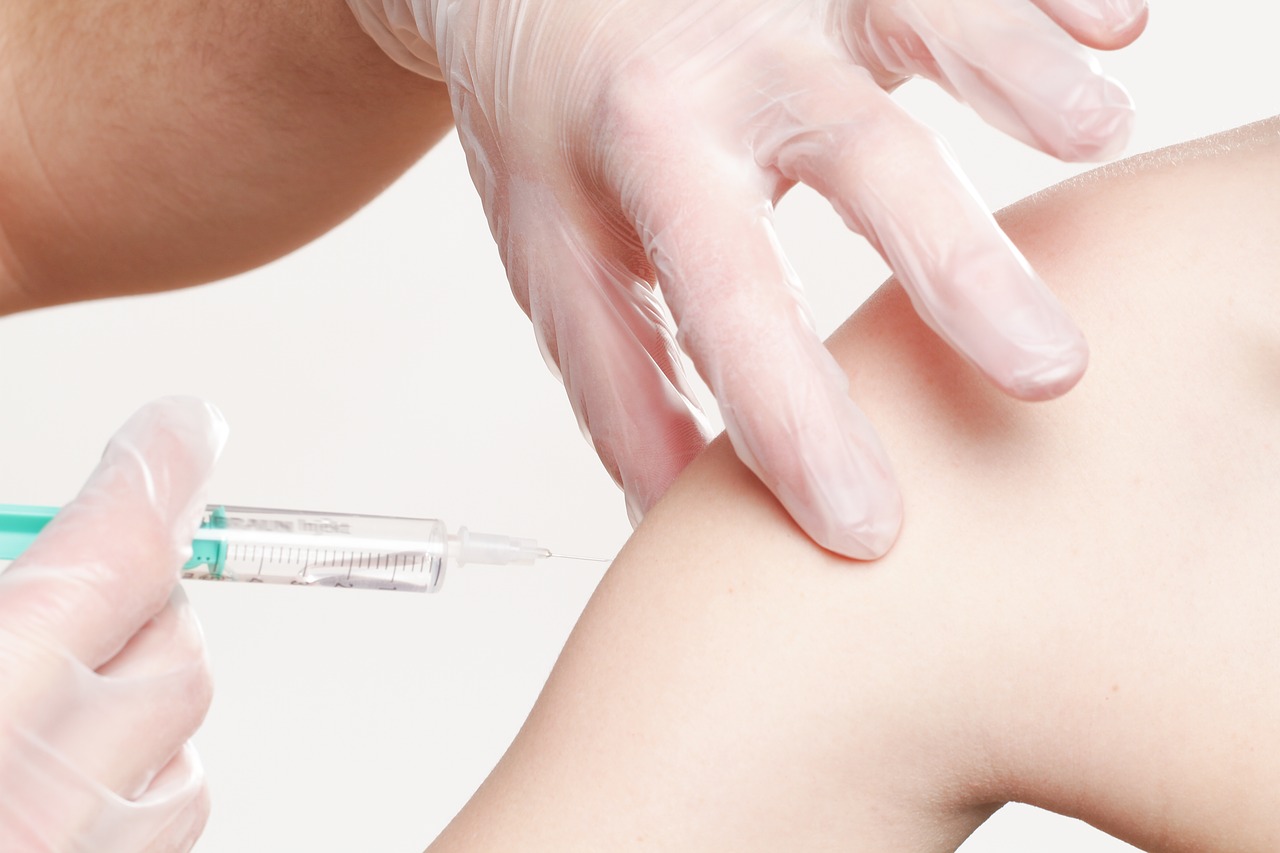While millions of people throw on face masks to stop the spread of the deadly Wuhan coronavirus, Johnson & Johnson and Gilead scientists are donning their own personal protective equipment as they get to work on a vaccine.
The novel coronavirus outbreak of 2019 (2019-nCoV) has killed over 100 people and infected more than 4,500 people to date. The outbreak has been traced to Wuhan, China, a city whose population is roughly equal to that of the state of Ohio. Most deaths have been attributed to pneumonia while others are related to underlying comorbidities.
In less than a month, the virus has made its way over land and sea, causing widespread panic and sending scientists in a frenzy to develop an effective vaccine and treatment paradigm, all while trying to understand the pathophysiology of the disease.
The 2019-nCoV outbreak echoes the Severe Acute Respiratory Syndrome (SARS) epidemic of 2002, which killed over 800 people and infected 8,500. SARS, too, was caused by a coronavirus. There are currently no approved vaccines for coronaviruses.
A few biopharma companies have stepped up to the plate, hoping to be the first to develop a new vaccine against the Wuhan coronavirus.
Last week, biotechs Novavax, Moderna Therapeutics and Inovio Pharmaceuticals each announced their own strategies for stopping 2019-nCoV. Interestingly, both Moderna and Inovio are opting for the injection of synthetic genetic code to spur the production of protective antibodies, rather than the typical live attenuated virus. Novavax told CBS News it will use “recombinant nanoparticle” technology to develop a vaccine candidate.
Earlier this week, Johnson & Johnson’s chief scientific officer, Dr. Paul Stoffels, told CNBC’s Squawk Box that the company is working with “at least five different constructs” in hopes of developing the most effective vaccine. Some of this vaccine work is possible thanks to a group of Chinese scientists who sequenced the novel coronavirus and published their results last Friday. The National Center for Biotechnology Information is updating the database of published sequences regularly.
While some companies are starting from scratch, others are hoping to fast-track this process by using vaccines designed for other infectious diseases. Gilead is one such company, putting their experimental Ebola vaccine, Remdesivir, to the test. The company says that this vaccine was effective against coronaviruses in animal and laboratory settings.
As we have learned from previous epidemics, vaccine development can be time-consuming and costly. Merck first published promising Phase I data in The New England Journal of Medicine in 2015 for its experimental Ebola vaccine, rVSV-ZEBOV. In the interim, the company supplied vaccines under compassionate use to the Democratic Republic of Congo, where Ebola was most prevalent. It wasn’t until four years later — in late 2019 — when the European Commission, followed by the US Food and Drug Administration (FDA) approved Merck’s Ebola vaccine for commercial use.
Some experts predict that we’re months away from a coronavirus vaccine. Even so, the question then becomes whether the successful company can supply enough doses to meet an unpredictable demand.
There are still big unknowns about the disease, like how deadly it is and how long this pandemic will last. As the death toll climbs, more companies and soon, government agencies, will band together to accelerate the development of a much-needed 2019-nCoV vaccine.












Join or login to leave a comment
JOIN LOGIN